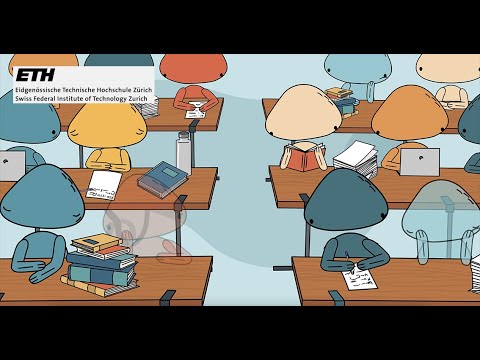Neurodiversity
The term Neurodiversity refers to the natural variation in the human brain and nervous system, including differences in how people process information and interact with the world around them. This concept has gained significant attention in recent years, particularly in higher education, as more individuals who identify as neurodivergent seek access to academic opportunities and support.

Neurodivergent students may have conditions such as autism spectrum disorder (ASD), attention deficit hyperactivity disorder (ADHD), dyslexia, dyscalculia and other learning differences that can impact their academic performance and overall learning experience.
Universal Design for Learning (UDL)
For neurodivergent students, accessible learning materials can include alternative formats, such as audio recordings or digital text-to-speech options, which can help individuals who struggle with reading or processing written material. UDL principles can also be applied to instructional design, such as providing multiple modes of instruction, allowing for flexible assessments, and providing opportunities for self-regulation and engagement.
UDL Principles
CAST (2018). Universal Design for Learning Guidelines version 2.2. Retrieved from external page http://udlguidelines.cast.org
- Provide multiple means of Engagement
- Provide multiple means of Representation
- Provide multiple means of Action and Expression
Social and interpersonal aspects
In this context, neurodiversity in higher education is not just about accommodating students with different needs, but also about creating a more diverse and inclusive learning community that benefits all students.
Aspects of neurodiversity are often less about the accessibility of teaching materials and more about the social and interpersonal aspects of coexistence in everyday study and the awareness and understanding of neurodiversity among faculty, staff, and students. By fostering an inclusive and welcoming learning environment, universities can help neurodiverse students feel valued and supported in their academic pursuits.
Important resources to follow
- CAST.org: external page About Universal Design for Learning
- CAST.org UDL Guidelines: external page https://udlguidelines.cast.org/
- Information platform Autismus.ch (DE): external page https://www.autismus.ch/informationsplattform/autismus.html
- University Fribourg: external page Autism & uni (English version under development)